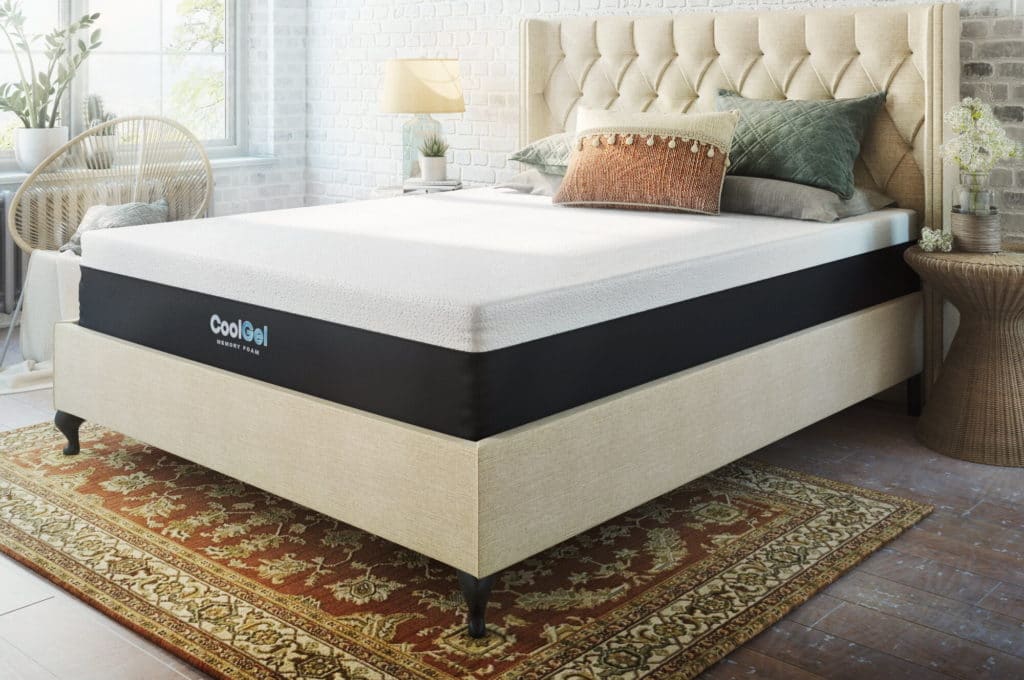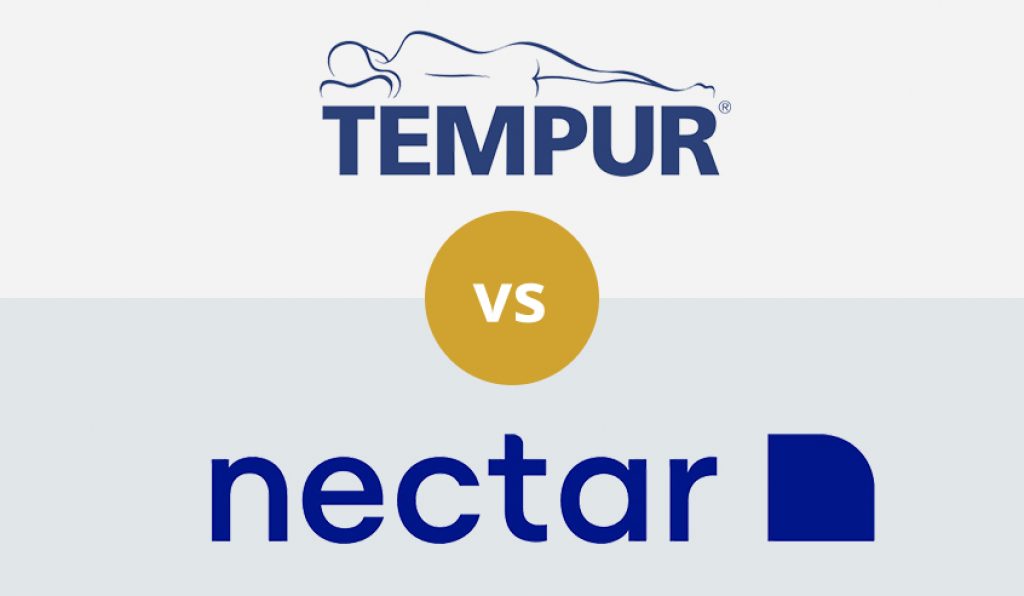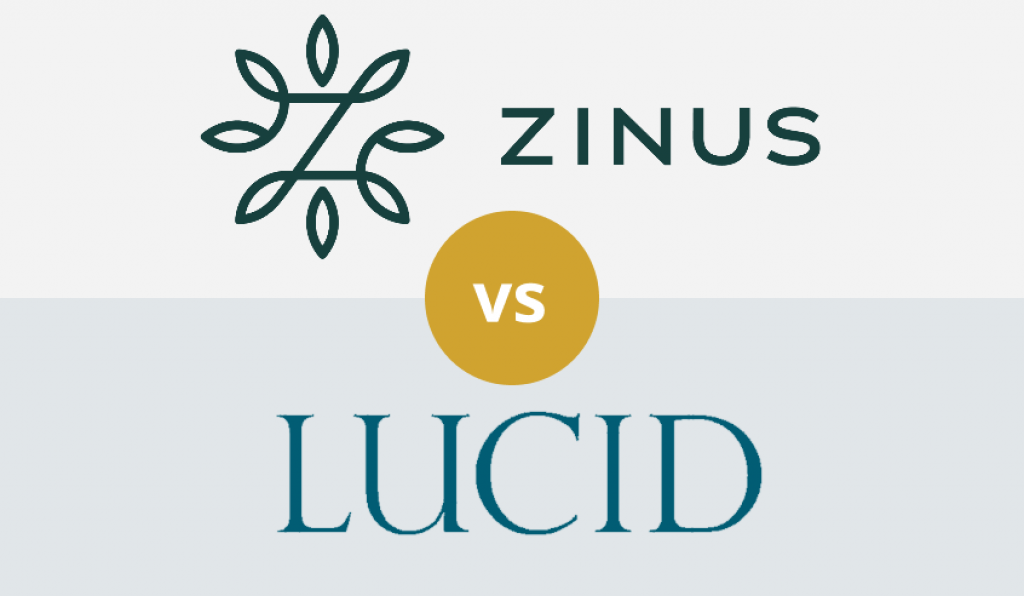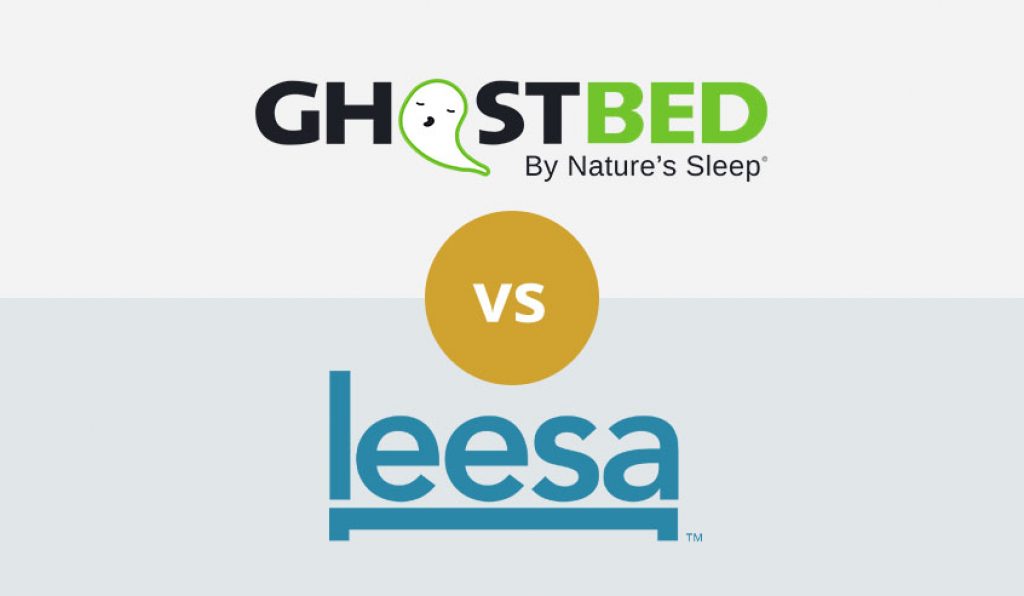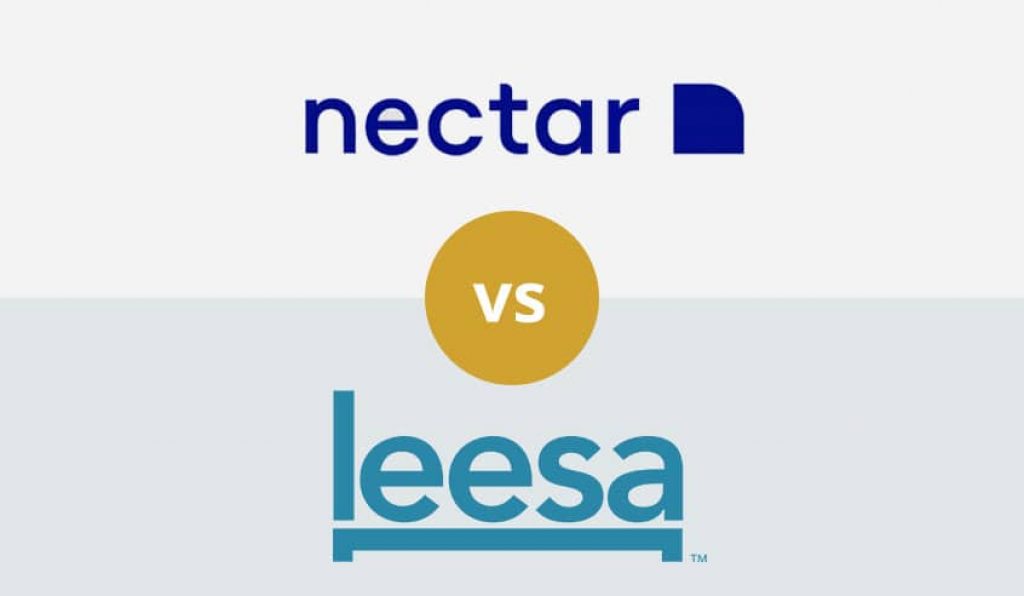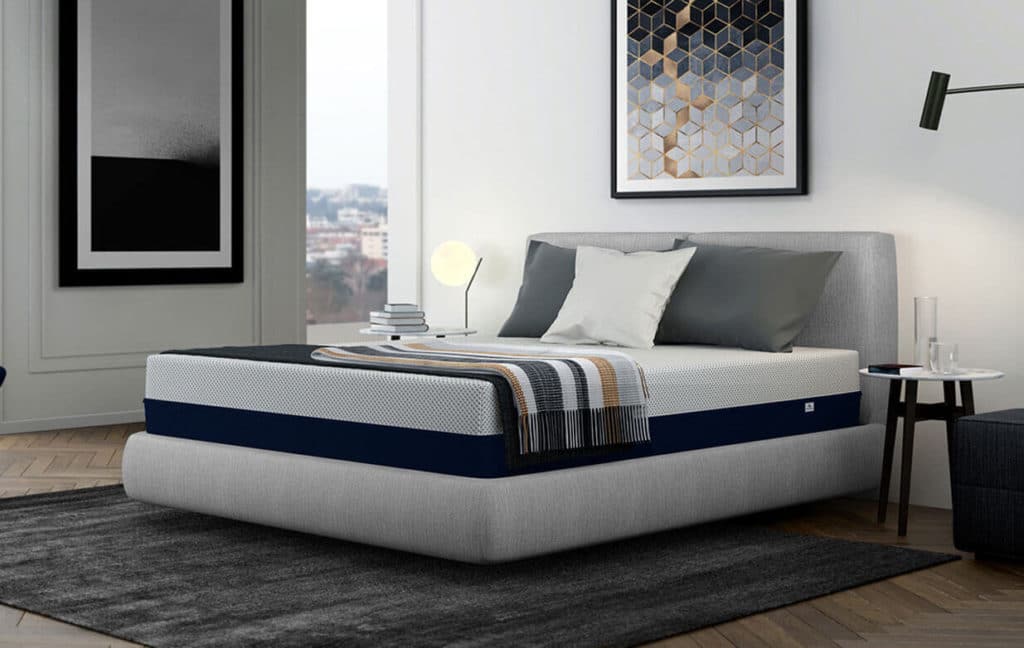

Getting a mattress purchase wrong could mean a significant loss of resources. That’s one reason why people tend to stick with the brand and model of mattress they’re familiar with or one recommended by friends and family. However, a little research into the topic would reveal many different types of mattresses and varying benefits to each. For this reason, what your friend recommends may be perfect for them but not ideal for you. After all, the way you sleep is different.
A little more information on the various mattress types available could be the key to finding out what mattress purchase suits you best. You can even narrow down your options by factoring in comfort, cost, and quality. As such, you may benefit from reading the collated information about mattresses below.
The most significant difference in mattress models from different or even the same brands is how they’re made. The technology and materials used are often different, and this can influence various aspects of the purchase. Examples of this include variations in how the mattress feels, its heat retention or release capabilities, whether it conforms to your body or not, and more. As such, the section below contains data on different mattress types, their construction, the pros and cons of each, and even what they’re best used for.

As the name suggests, innerspring mattresses incorporate springs in their design to help prop up the sleeper. However, the number of coils, distribution, and even the size can vary from model to model.
The orientation of the coils tends to affect a lot of things about the mattress, such as the price, comfort level, motion transfer, and more. However, the coils aren’t the only construction component included. They are often paired with some comfort material on the top or bottom of the bed. Examples include foam and natural fibers.
These types of mattresses are seemingly ideal for stomach, back, and sleepers with lower back pain. Also, they tend to offer more support than some of their foam counterparts. Consequently, heavier individuals don’t get the same sinking feeling they get when they sleep on other mattress types.
Pros
Cons
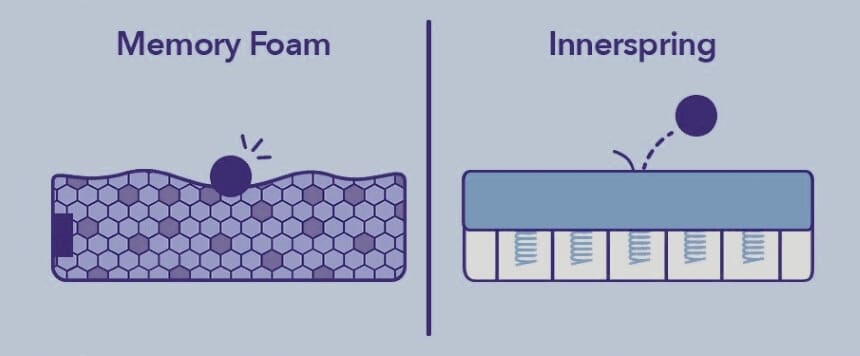
Typically, mattress manufacturers will incorporate foam components of different densities and varying benefits to get different results. As such, you still end up with a lot of bed options in the foam mattress category. They seem to work very well for side sleepers and those who experience joint pain. This is because they often conform to the body of the person and are softer than their counterparts.
However, if you’re heavy-set, the softness can be a problem since you will sink too deep into the mattress.
Pros
Cons
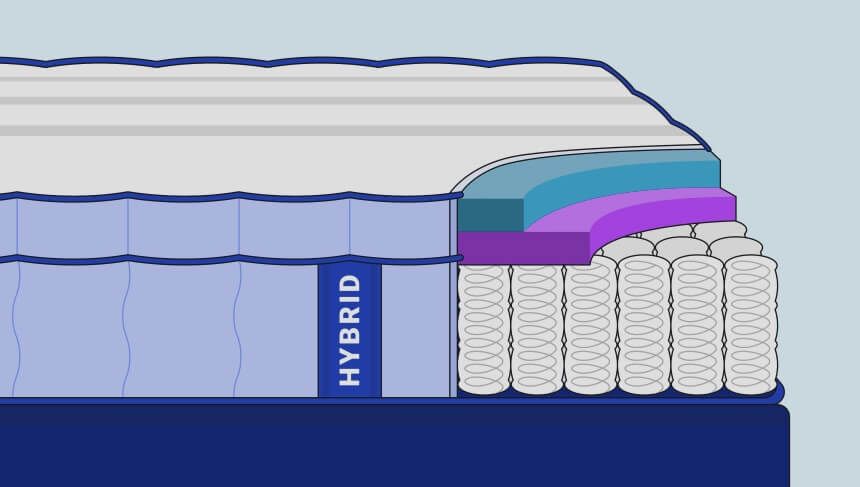
Taking the best of foam and spring construction also means they tend to be more expensive than some counterparts in the market. However, they’re great for multiple body types and are quite durable. The Voila Box Luxury Hybrid mattress is, according to users, well-tuned to give you both the support of a spring mattress in addition to the softness of a foam bed. This is the reason for the inclusion 768-count zoned coil layer, in addition to latex and gel-infused memory foam layers. The CertiPUR-US certification also affirms the safety of the bed.
Below are the pros and cons of hybrid mattresses.
Pros
Cons
All spring mattresses are not the same. We mentioned before that these mattresses are designed differently. This could be in the design of the springs, how they are distributed, and even the size. You get variations such as offset, Bonnel, marshal/pocketed, and continuous coil mattresses, which we will discuss below.
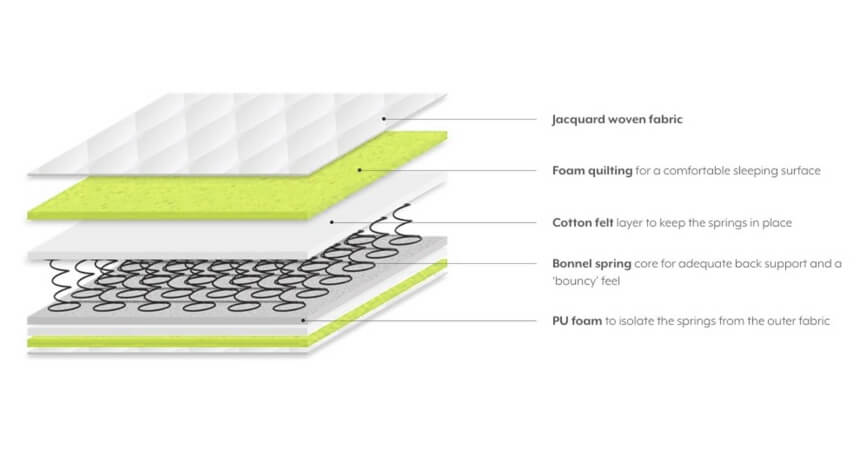
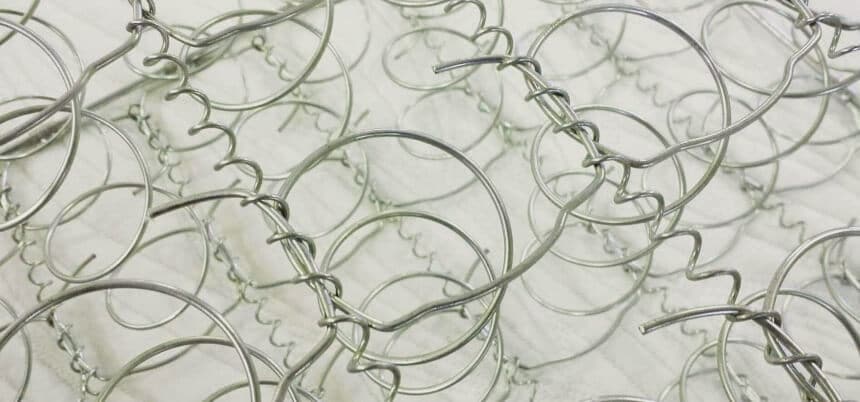
The flat edges come with some benefits, e.g., they create a hinging effect that allows the mattress to conform to your body slightly. However, don’t expect the same results as a foam mattress in this department. Also, the improved design worked to extend the lifespan of the bed, allowing them to last longer than their Bonnel counterparts. That said, expect to pay more if you pick an offset mattress over a Bonnel mattress.
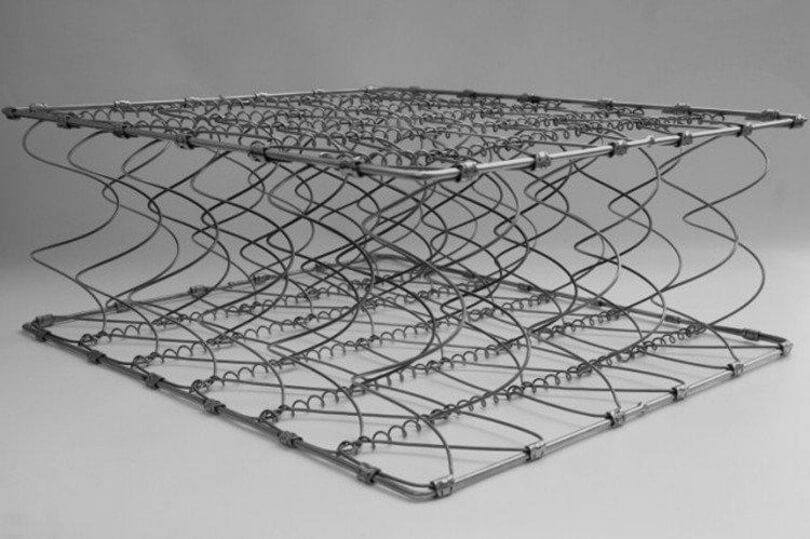
They are sometimes preferred due to their durability and the fact that you can flip them over to extend their lifespan. Additionally, they tend to be affordable compared to other spring mattress options.
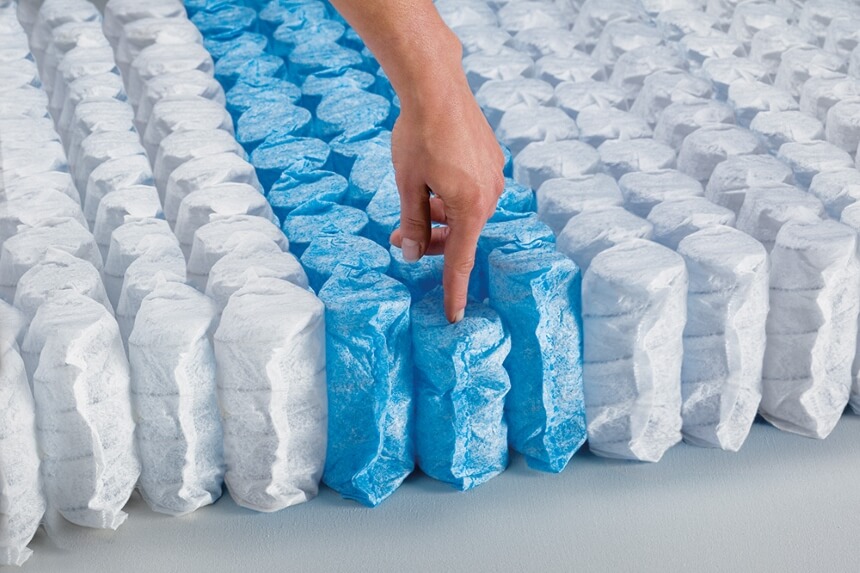
Each coil in the bed is wrapped in a piece of fabric hence the name pocketed. These pocketed coils are then stacked next to each other and eventually wrapped by the cover of the bed. Consequently, any time you sit or lie on a section of the bed, only the coils that are directly under you will bear your weight.
As such, this makes the pocketed spring mattress preferable for side sleepers since it conforms. However, that also depends on the rigidity of the coils. If you’re a stomach sleeper, you want to avoid this since your hip area sinking deeper could mean overarching your back. Also worth noting is that some refer to pocketed spring mattresses as Marshall mattresses.
Just like spring mattresses, foam beds are also split into different categories as well. These are listed and expounded below.
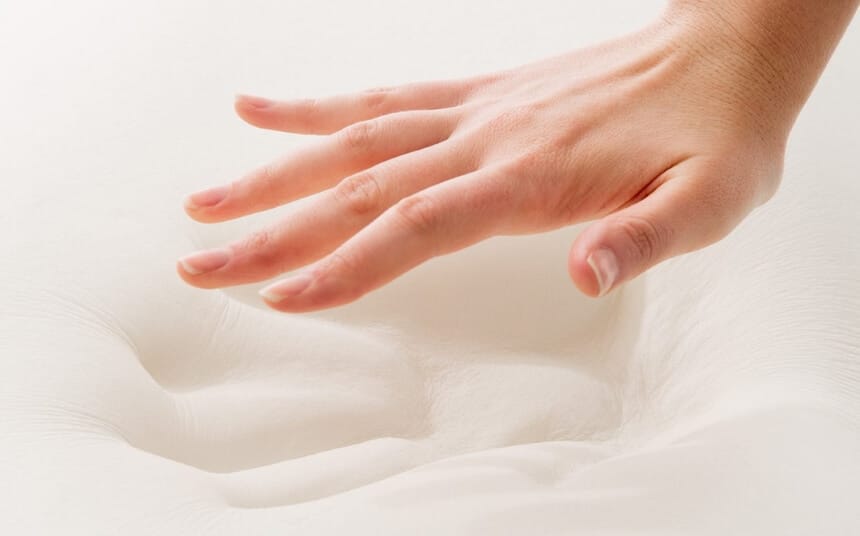
Currently, they are widely adored by people who appreciate extra softness in their beds. They respond to weight and body heat by sinking, which allows them to conform to the sleeper’s body. Side sleepers and most people with hurt joints love these beds since they isolate motion and keep them from feeling pain.
However, their negatives include the fact that they trap heat and are pretty expensive.
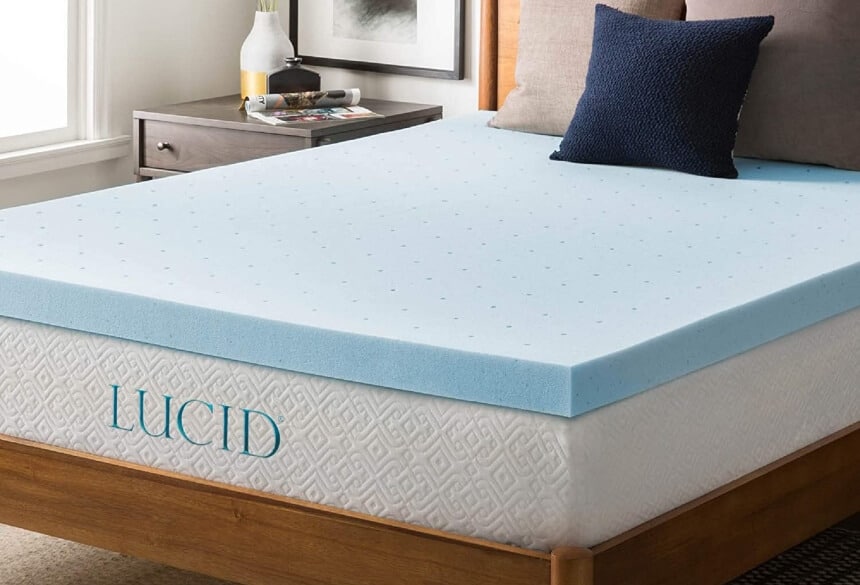
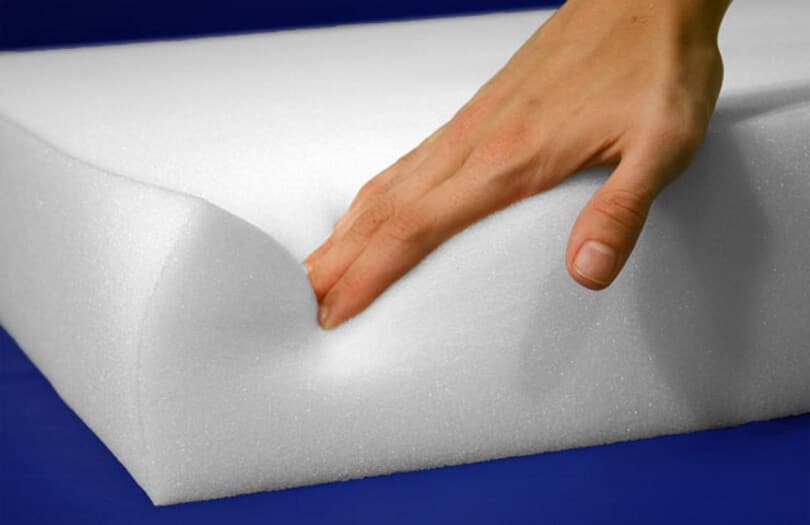
These mattresses should be treated to make the chemicals harmless before you receive them. That said, the only way to make sure is to check for CertiPUR-US certification Trusted Source Home - CertiPUR-US CertiPUR-US® is a certification program administered by a not-for-profit organization. Foams that feel good and you can feel good about. certipur.us .
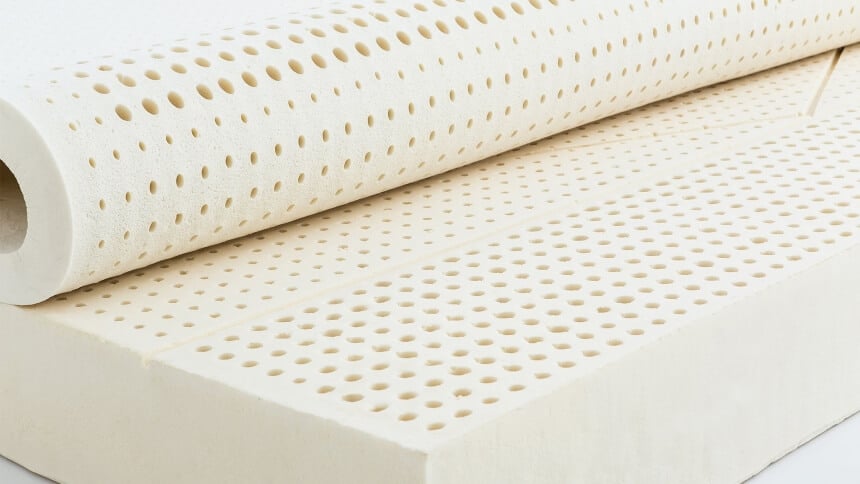
Foam, spring, and hybrid mattresses are also not the only types of beds available. You have other options such as futons, waterbeds, air mattresses, pillow tops, and adjustable beds as well.
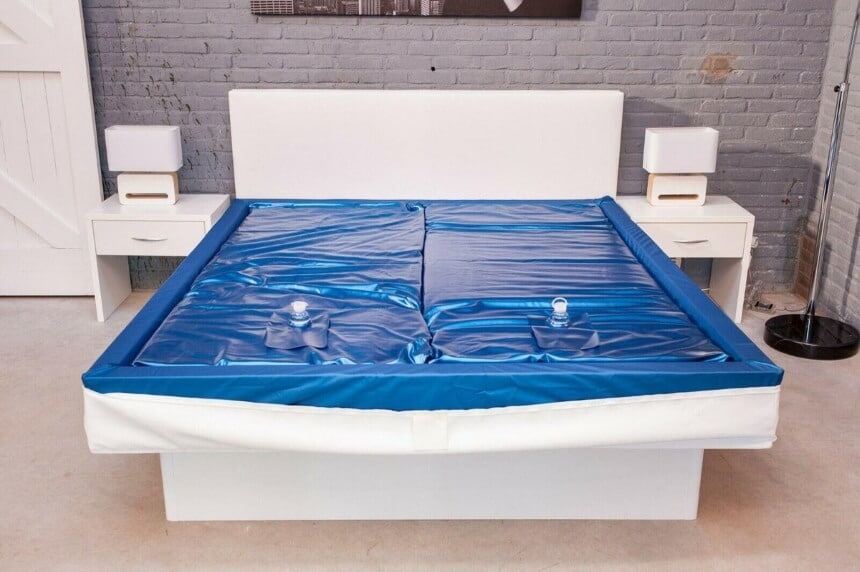
The floating feeling that comes with sleeping with the bed is quite relaxing. Apart from that, an option like the Strobel Organic Waterbed comes highly recommended by users thanks to the “Feathertop” pressure reduction surface. This feature enhances the flotation experience. Additionally, there’s the option of adding warm water to all water beds for a more therapeutic experience.
As for the downsides of this bed type, they’re difficult to set up in addition to being heavy when full. Lastly, there’s always the risk of them leaking.
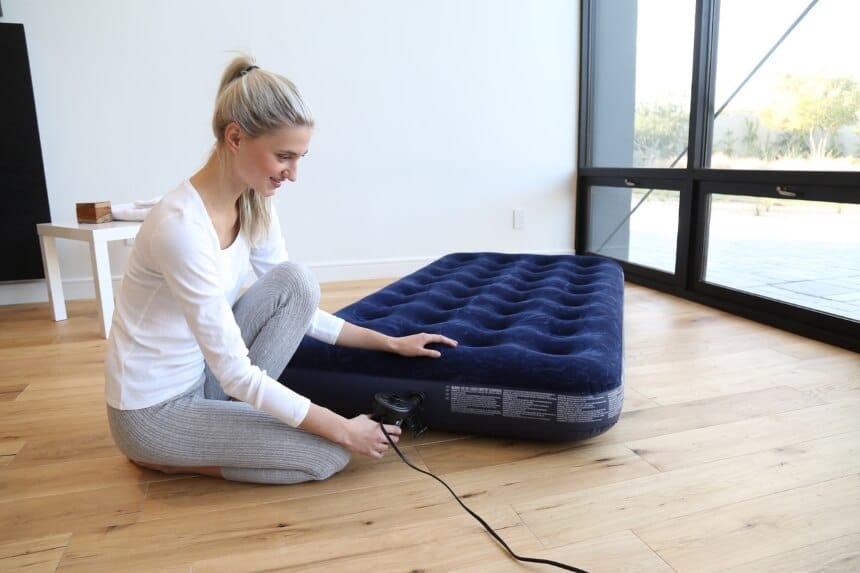
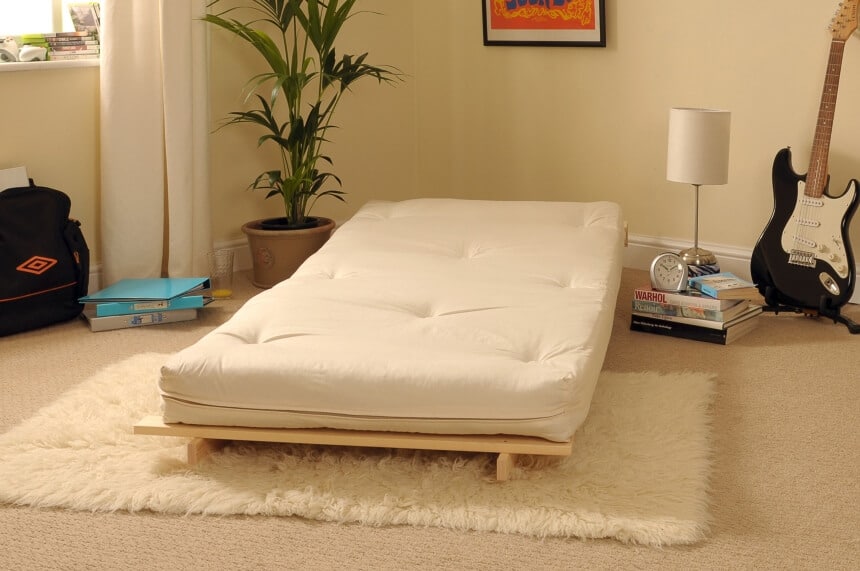
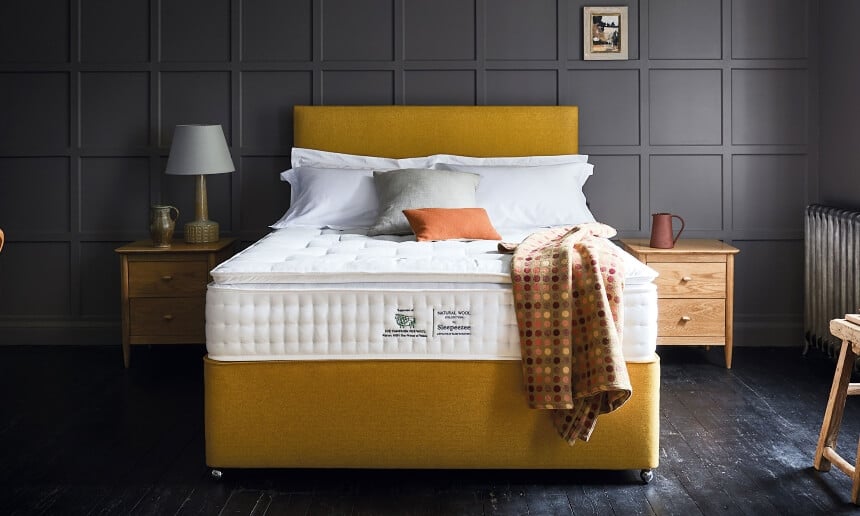
There are several material options for the padding layer at the top, including cotton, wool, foam, or latex. Also, there are extra costs associated with the top layer as well.
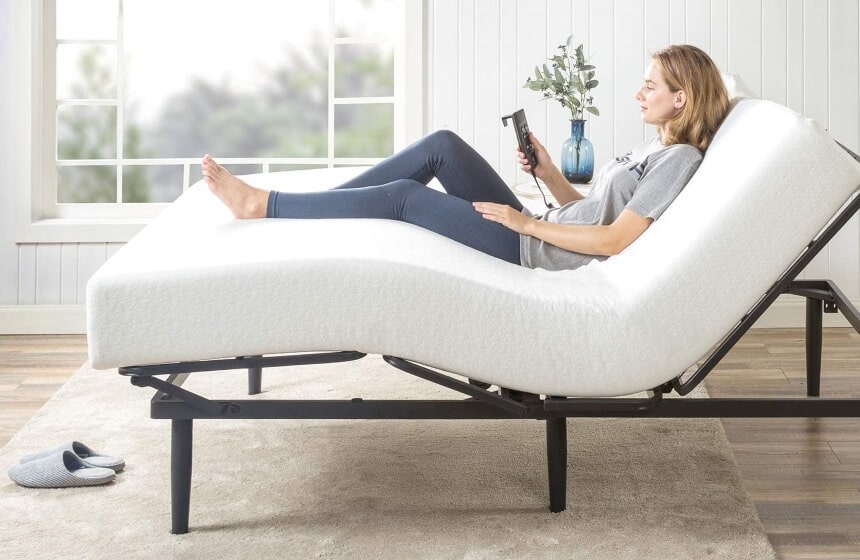
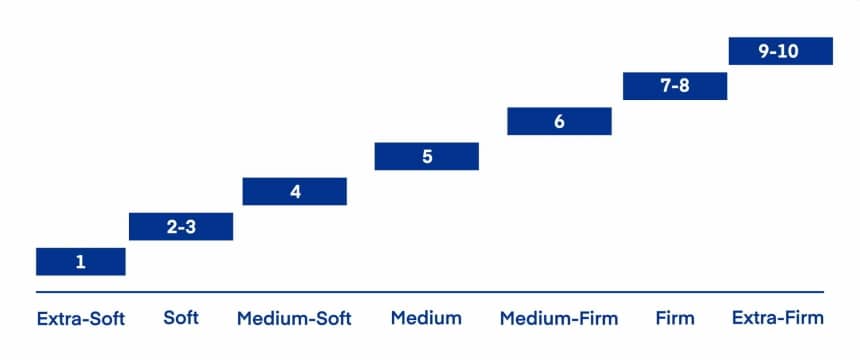
Between 4 and 7 is the category that most bed options fall into, and they’re considered to be medium firm. Generally, these are the types of mattresses you get for back pain. They’re characterized by minimal sinking and contouring while you sleep on them.
The last category is those rated 8s and 9s, and this would indicate they are quite firm. These are perfect for heavy-set individuals and those who sleep on their stomachs. After all, they want as little sink as possible in their beds. You rarely find mattresses with a rating of 1 or 10.
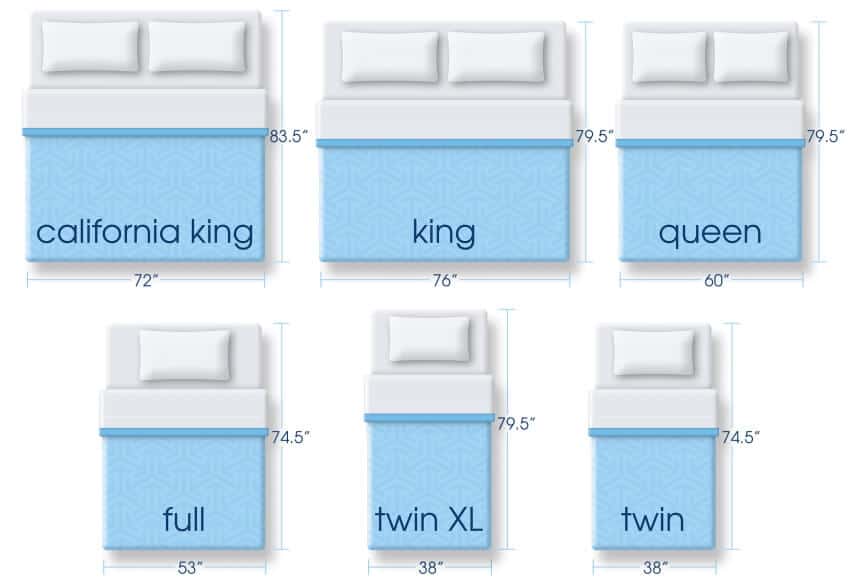
By considering the firmness, size, and construction materials in the different types of mattresses, you should be able to find models that are perfect for you. After that, it’s a matter of ordering, testing, and even returning the mattress if it doesn’t live up to expectations. For that, be sure to check the return policy before you commit to the purchase.
